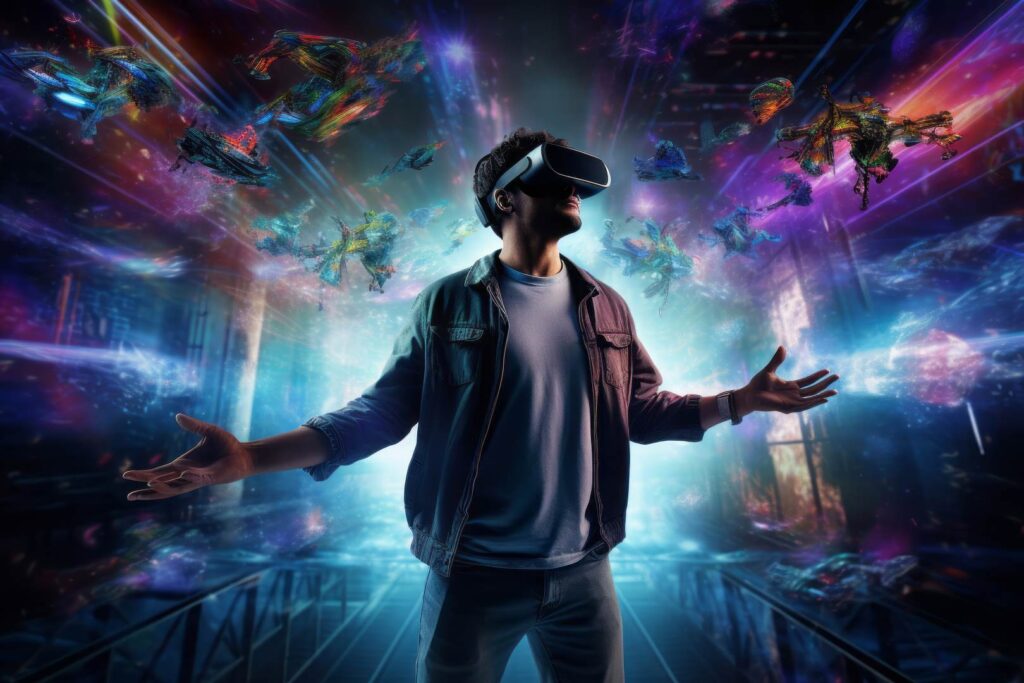Augmented reality (AR) and virtual reality (VR) are two rapidly evolving technologies blurring the lines between the physical and digital worlds. But for SEO experts, understanding the key differences between AR and VR is crucial for crafting targeted content. This article unpacks AR and VR, highlighting their unique applications and helping you optimize content for each.
AR: Enhancing the Real World
Imagine a world where furniture virtually appears in your living room to see how it looks before you buy it. That’s the power of AR. AR overlays digital elements onto the real world, viewed typically through a smartphone camera. Think Pokémon Go, where virtual creatures roam your physical surroundings.
Key characteristics of AR:
- Real-world environment as the base: AR doesn’t replace your reality; it augments it.
- Accessibility: AR experiences can be accessed through smartphones and tablets, making them widely available.
- Applications: AR has a vast range of applications, from education and gaming to product visualization and maintenance.
VR: Entering a Simulated World
VR takes you on a complete immersion trip. With a VR headset, you’re transported into a fully computer-generated environment. Imagine scaling Mount Everest or swimming with dolphins – VR makes it possible.
Key characteristics of VR:
- Immersive experience: VR shuts out the real world, creating a completely virtual environment.
- Specialized hardware: VR experiences require VR headsets, which can be expensive.
- Applications: VR excels in gaming, education and training simulations, and even architectural visualizations.
Optimizing Content for AR and VR
As an SEO expert, understanding these differences is vital. Here’s how to optimize content for each:
- Keywords: Target specific keywords related to AR and VR applications.
- Content format: For AR, focus on clear instructions and compatibility details. VR content can benefit from 360° video descriptions.
- User experience: Prioritize mobile-friendliness for AR content, while VR content might involve creating detailed guides on using VR headsets.
The Future is Blended
AR and VR are not necessarily competing technologies; they can work together. Mixed reality (MR) combines elements of both, creating an even more blended reality. As these technologies evolve, SEO experts will play a key role in ensuring users can find the information they need to navigate these exciting new realities.






